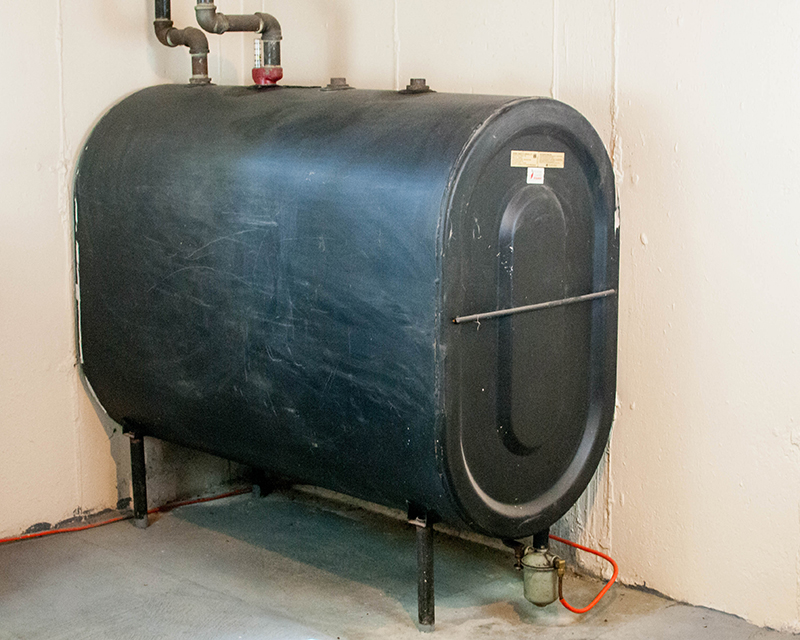A majority of homeowners do not consider the oil tank in their home. The unassuming metal tank that is buried or concealed in the basement, plays an essential role in helping keep you and your family warm. As with all equipment that you own, the lifespan of your oil tank isn’t a lifetime. The absence of a replacement oil tank can cause serious dangers to your health, wallet as well as the environment.

Why changing your oil tanks should be a priority:
Time Bomb or Peace of Mind In time, the tank’s oil will begin to begin to corrode, weaken and leak. Even a tiny leak can lead to contamination of the environment, expensive cleanups, and possible health hazards. Change your tank prior to failure for your own safety and peace ofmind.
Knowing the costs of replacing an oil tank is essential. While the average cost ranges from $1,200 to $4,600, dependent on factors such as tank size and location, the failure of a tank is a matter of concern and can result in higher expenses associated with leaks, fines, and even property value devaluation. 275 gallon oil tank replacement cost, the most common size, usually falls between $1,500 and $2,000. Remember, the early detection of problems and prompt replacements are smart financial choices.
Locate your local Heroes. When you’re searching for an oil tank replacement near to your home Do not choose the most expensive option. Examining the quotes, and asking questions for certifications and experiences will help you find reputable companies in your region. Keep in mind that trust and understanding are essential for a secure and successful installation.
You can save money by replacing your oil tanks early. Many municipalities and states provide incentives and rebates to encourage responsible ownership of tanks. It is important to consider these options when you calculate costs.
Take into consideration the tangible benefits of an oil tank. A higher efficiency system could translate into lower heating costs, and the security that your home is secure from leaks could be priceless.
Stepping Up: Your Pathway to Oil Tank Security
Know the date of your tank’s birth and its historical background. The majority of tanks last between 15 and 20 years. Consult a professional for an inspection of your tank or check your record.
Look for warning signs: Look for cracks, leaks, rust, or bulging in your tank or surrounding soil.
Find out about the costs of replacing oil tanks as well as local regulations and sources.
Find qualified professionals: Get quotations from trustworthy companies, and ask about their qualifications and experience.
Don’t delay: Replacing your tank before it is damaged is the most efficient option in terms of safety, financial security, and the environment.
Not taking care of your oil tanks isn’t just an inconvenience. They’re a security risk. Tank replacement for oil isn’t only about maintenance, it’s an effective way to protect your home, family and investment. Making sure you are focusing on the replacement of your oil tank can ensure that you’re equipped with a secure and reliable heating system for your home. This prudent approach not only ensures peace of head but also reflects a dedication to long-term safety and well-being. An oil tank that is well maintained is crucial for the protection of your home as well as the people who live in it. Embrace the assurance that comes with a well-managed and upgraded oil tank to ensure your family’s safety and comfort in a safe space.